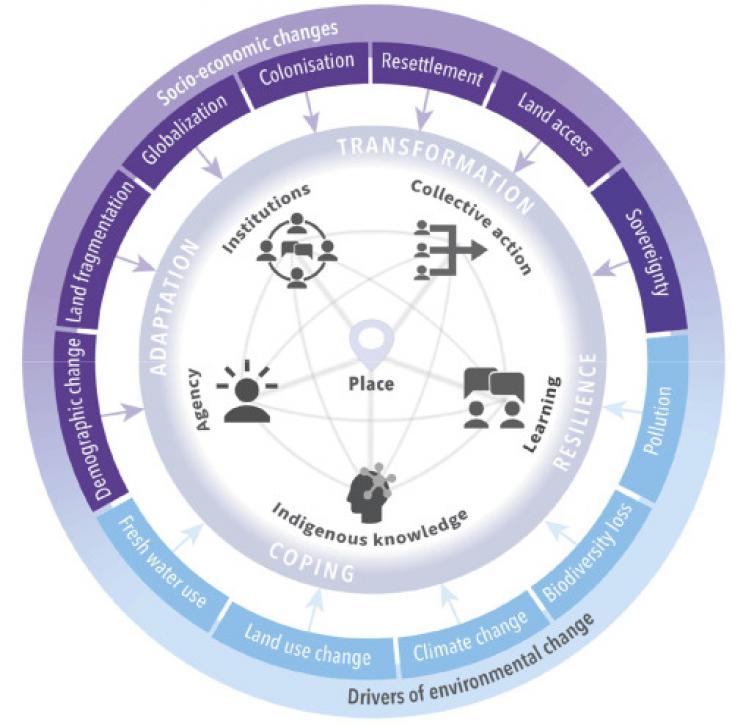Elsevier,
Reference Module in Earth Systems and Environmental Systems, Encyclopedia of the World`s Biomes, 2020
This book chapter addresses goals 15, 13 and 11 by discussing how deserts are biodiverse places where life thrives in the extreme.
This book chapter advances SDGs 15 and 11 by looking at how island biogeography arose in the past and how it is now changing in the Anthropocene. Biogeography is determined by three processes: immigration, evolution, and extinction and in the Anthropocene, human impacts are increasingly more important to island biogeography.
The destruction of natural habitats is causing loss of biodiversity and ecosystem services.
Soil organic matter (OM) stratification and macro and micro fauna are both good indicators for the evaluation of soil ecological functioning, which is interrelated with nutrient cycles.
This study aimed to characterize endophytic bacteria associated with root-nodules of a wild legume (Genista cinerea: Fabaceae) growing in arid soils of Algeria.

Climate extremes are expected to become more commonplace and more severe, putting species and ecosystems at unprecedented risks.

Indigenous peoples globally have high exposure to environmental change and are often considered an “at-risk” population, although there is growing evidence of their resilience. In this Perspective, we examine the common factors affecting this resilience by illustrating how the interconnected roles of place, agency, institutions, collective action, Indigenous knowledge, and learning help Indigenous peoples to cope and adapt to environmental change.
This chapters describes the hugely diverse but threatened desert environments, from their broad ecosystem structure through to the unique adaptations found among the species inhabiting these challenging habitats. Current changes and threats desert ecosystems face due to anthropogenic activities, including climate change, are discussed, together with potential solutions and conservation approaches.
